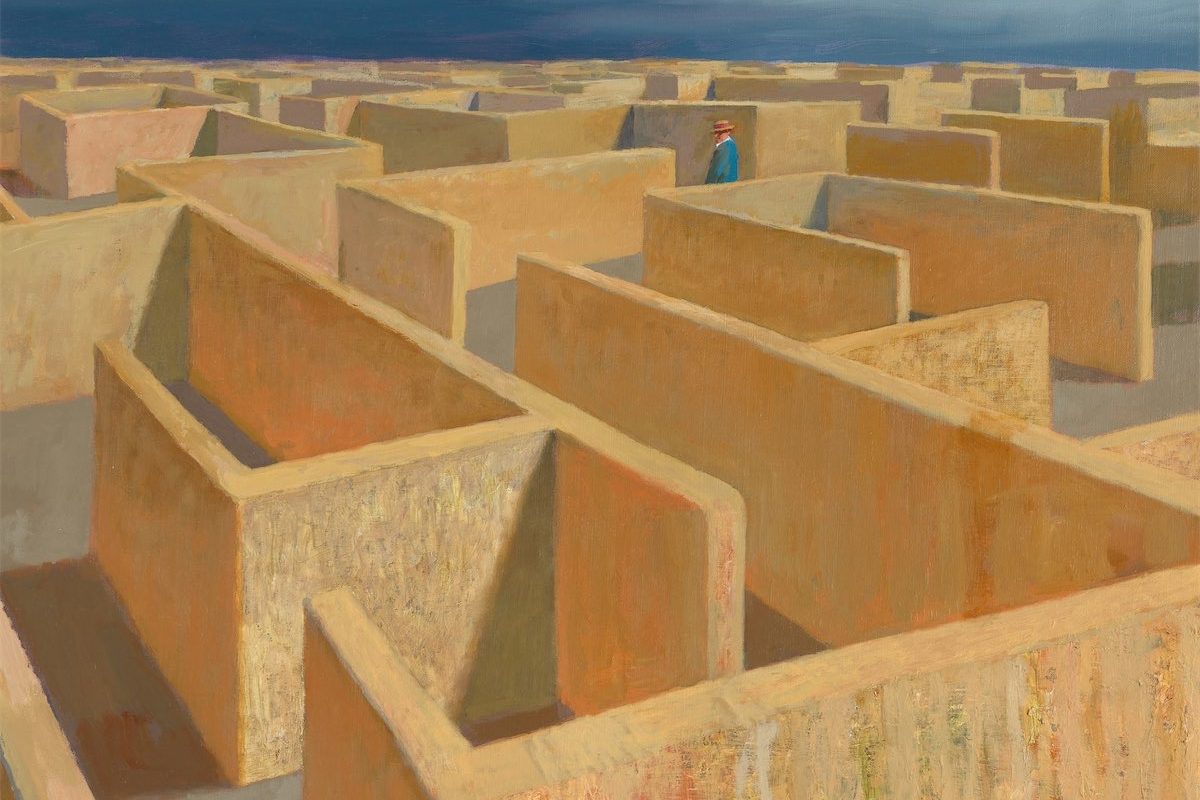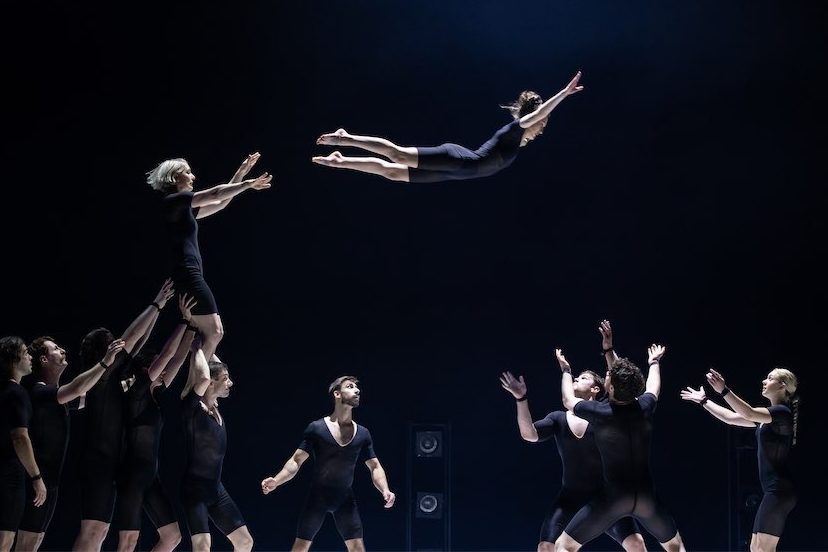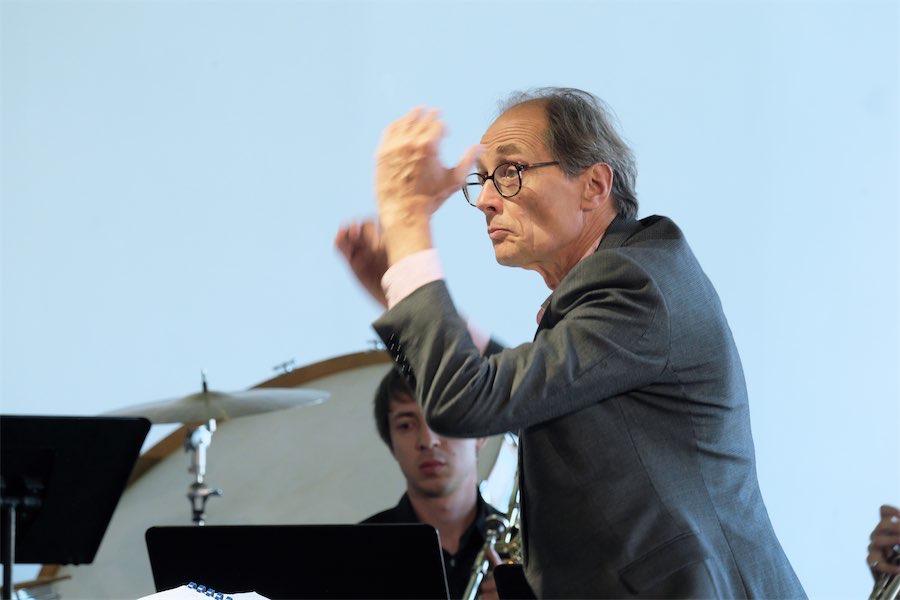
Art / “Jeffrey Smart”, National Gallery of Australia, until May 15. Reviewed by ROB KENNEDY
SYMMETRY and poetry flow through the artworks of Jeffrey Smart. Few artists view and represent the world and ideas like Jeffrey Smart did in his playful and geometric designs.
Smart’s paintings have a rare status in the art domain. As “CityNews” arts editor, Helen Musa says: “His work is of such fame that the National Gallery of Australia’s exhibition marking 100 years since his birth in 1921 is simply titled ‘Jeffrey Smart’.”
The 130 works in this summer’s blockbuster at the National Gallery of Australia form an overview of the last seven decades of Smart’s output. They built this exhibition from their own collection and from more than 50 public and private collectors.
The way of seeing for Smart was not something that most painters use to capture their subjects. His draughtsman’s training honed his eye. As he said: “A poor draughtsman cannot be a great painter.” But it is his use of colour and form that makes his work immediately recognisable across the art world.
All Smart’s works are a synthesis of things. People, shapes, buildings, landscapes, and objects. Many portray a magical or illusionary presence, and everything is modern. Stillness is a primary trait in many of his works. However, in this calm, a lot is going on. While committed to realism and figuration, the surreal and abstract also hold their place.
Smart kept true to his artistic vision over his whole life. Which as the Art Gallery of NSW says: “Jeffrey Smart is acclaimed for his precisely delineated urban and industrial landscapes”. No matter whether it was here in Australia or in Italy where he spent 40 years of his life, the visual sensations of Smart’s paintings are unique and exhilarating on a grand scale.

The old and new always played their part in every artwork. His distilled vision of the real and the displaced are brought together to create unique accounts of his subjects.
Industrial landscapes, such as the painting, “The two-up game (Portrait of Ermes)” 2006 [Ermes De Zan was his partner] hold fast to Smart’s idea of how beauty can be found not just in humans or nature, but also in the world of industry if you view things differently.
This idea of an equal beauty in the manufactured, the natural world and humans is a strong thread throughout his works.
Perspective is another solid trait in Smart’s paintings. He wants the viewer to experience his artworks as though they are watching the viewer, or the viewer participates in the work. His lines of sight from above and below lead the viewer to ask: “Are they watching me?”
It is a unique experience seeing all 130 artworks of this distinctive artist in one place. The experience is made rarer as the design of the NGA closely resembles many of the geometric ideas in Smart’s paintings. The brutalist structure of the NGA is the perfect home to display the artworks of this delightfully perplexing artist.
And like his final painting, “Labyrinth” 2011, viewers might find that they are caught in a maze of intrigue and ideas as they study each work. On my journey through this exhibition, I found that each painting was seeking the meaning of a person’s life.
Who can be trusted?
In a world of spin and confusion, there’s never been a more important time to support independent journalism in Canberra.
If you trust our work online and want to enforce the power of independent voices, I invite you to make a small contribution.
Every dollar of support is invested back into our journalism to help keep citynews.com.au strong and free.
Thank you,
Ian Meikle, editor




Leave a Reply